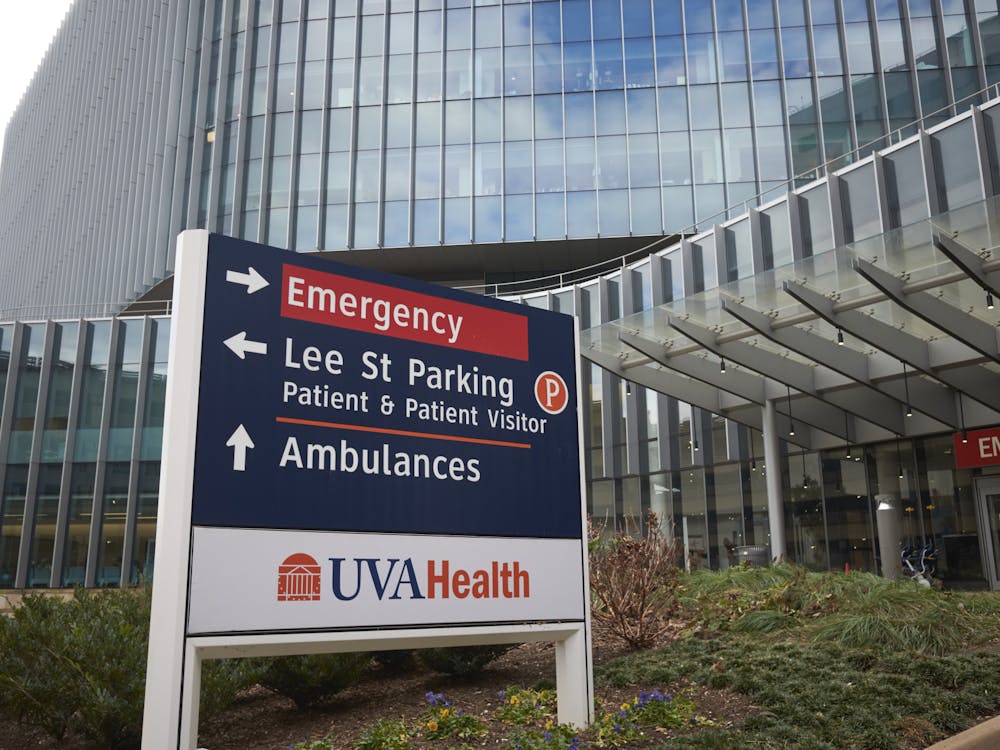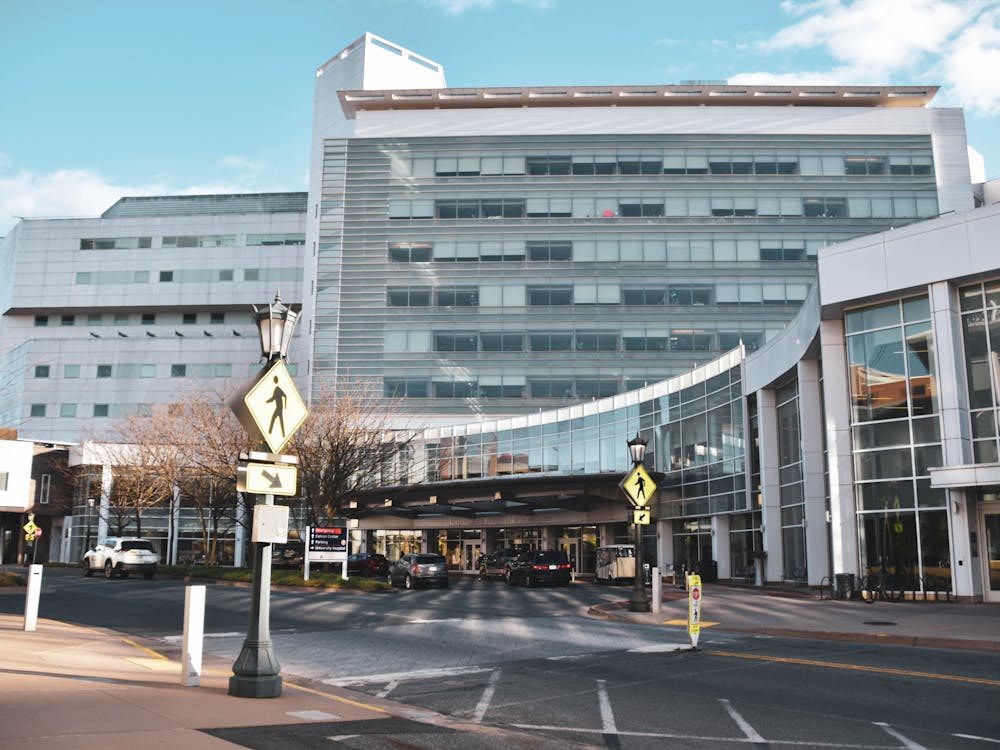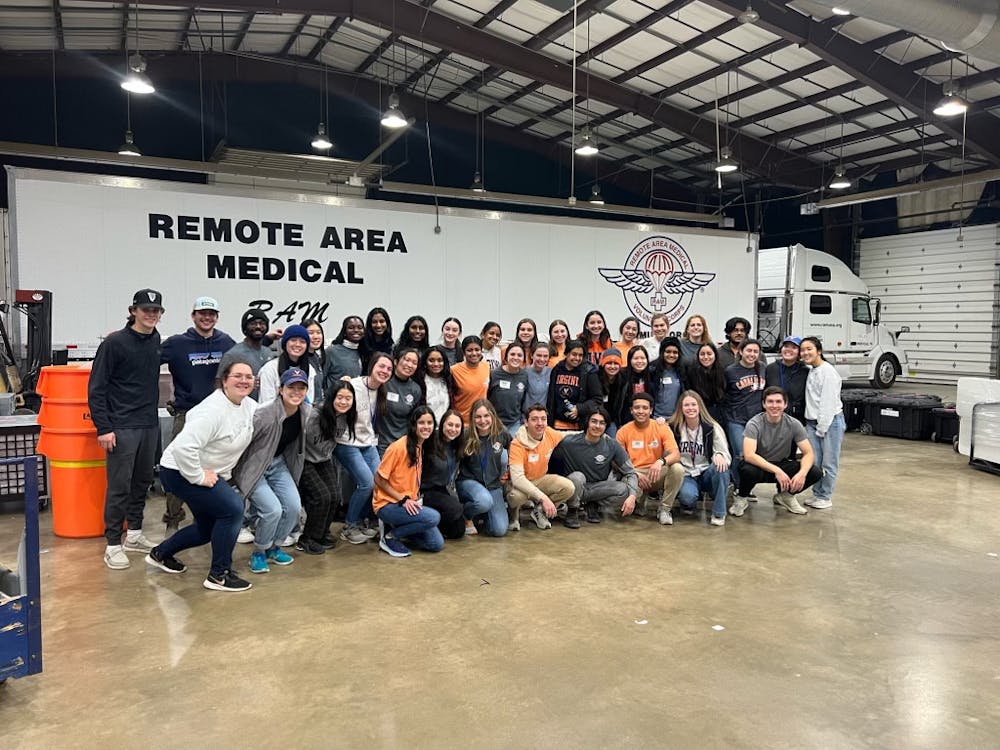Haley Smith, age 13, suffers from Dravet syndrome, a severe form of myoclonic epilepsy often resistant to drugs. Haley, who lives with her mother Lisa Smith in Virginia, was five months old when she had her first seizure. Lisa Smith said she believes medical marijuana can bring her daughter some relief.
Epilepsy is a neurological disorder characterized by episodes of altered brain activity commonly referred to as seizures. Outward expression ranges from mild-absence seizures, where the person appears absent in thought, to sudden, short periods of lost consciousness, and wild thrashing movements known as tonic-clonic seizures.
Treatments for epilepsy rely on a cocktail of anti-seizure medications. Haley is on three pharmaceutical drugs and has a vagus nerve stimulator. This machine sends electrical impulses through the vagus nerve to Haley’s brain. For Haley, these options have proved ineffective.
“We had 101 [seizures] in January,” Smith said. “We had only 50 in February. … We were told on February 17th that there [are] no other choices for her. I mean, we’re not happy with the control we have right now.”
Haley is not alone — more than one million of the 2.3 million American epileptics suffer from uncontrollable seizures.
On Feb. 20, the Epileptic Society of Virginia issued a public statement calling for increased research into the application of medical marijuana for the treatment of epilepsy.
Then, on Feb. 28, the American Epilepsy Society also came out in support of “well-controlled studies” into the use of medical marijuana.
Dr. Jomar Cunha published the last major human trial of marijuana as an anti-epileptic in 1981. His paper followed a sample size of only 15 participants suffering from secondary generalized epilepsy, the occurrence of seizures spreading throughout the brain from a localized area, resistant to known drugs. Seven of eight participants receiving the antiepileptic component cannabidiol reported improvement in symptoms. Only one of seven controls reported improvement in symptoms.
Dr. Maria Roberta Cilio intends to reinvigorate investigations into the therapeutic potential of medical marijuana. Her new study at the University of California San Francisco will explore the effects of the drug Epidiolex, a purified cannabinoid, over the course of one year in epileptic patients.
Charlotte’s Web, originally called the “Hippie’s Disappointment,” is a variant of marijuana high in CBD but low in the psychoactive component, tetrahydrocannabinol. This variant was renamed for Charlotte Figi, another child suffering from Dravet syndrome. Lisa Smith heard about the potential of this treatment through Charlotte’s mother, Paige Figi.
The Controlled Substances Act of 1970 placed marijuana as a schedule I drug, a substance with “no currently accepted medical use and a high potential for abuse,” according to the Drug Enforcement Agency. In order to perform clinical research on marijuana, researchers must obtain a DEA license, gain FDA approval on the study, and receive marijuana samples through the National Institute on Drug Abuse.
Lisa Smith said she believes this classification needs to change.
“The reason it got to schedule I comes down to greed and money,” she said. “If people are able to grow their own medicines [the pharmaceutical companies] are going to lose money.”
Pew and Gallup research polls from 2013 show 52 and 58 percent of U.S. citizens, respectively, were in favor of the complete legalization of marijuana.
More research is needed to determine if medical marijuana offers any therapeutic applications for epilepsy. With the growing push for legalization, it may not be long before researchers at the University begin to answer this question.




